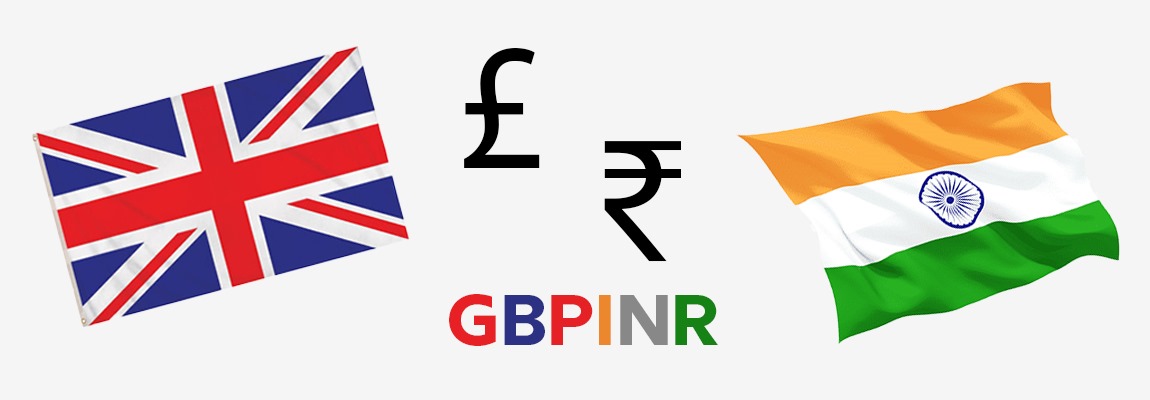
GBP/INR Analysis and Path Ahead
Morning Report: The daily chart indicates that the GBP/INR pair is now trading at 105.00. Will it stop dropping or turn around ?
As we previously demonstrated in our research, the GBP/INR was trading at the important resistance level of 106.50, making it susceptible to both high supply and strong rejection. The pair then closed below the resistance level and is now trading in the 104.50-105.00 region. There is a large supply zone for GBP/INR between 106.50 and 108.00. We discussed how the GBP/INR may fall to 103.50-104.00, as happened just last week.
- The GBP/INR exchange rate fell sharply as supply approached 106.50.
- The chart shows that there may be additional negative pressure on GBP/INR, and any increase would be an excellent moment to sell this pair.
- According to the Relative Strength Index (RSI), the GBP/INR price is unlikely to climb quickly.
Please see the above chart. In November, the pound strengthened against the rupee, rising from 100.50 to 101.00. Sellers dominated the market, driving the price of the GBP/INR down from 106.50 to 104.00. This was due to the currency pair's ample supply. In our previous research, we forecasted that the GBP/INR pair will reach 103.50-104.00 during this downward trend, which occurred last week. We now expect a return to the supply zone, but because demand for GBP/INR is low, this would merely be a shorting opportunity.
GBP/INR fell sharply after encountering strong resistance near 106.50. According to our most recent article, the GBP/INR was trading at the resistance level of 106.50. A negative divergence occurred when the price reached higher highs while the RSI fell to lower lows. This suggests that each increase creates an opportunity to sell the GBP/INR pair; continue shorting peaks and earning from drops before doing so again.
Please see the chart below; we will use the RSI to discuss GBP/INR.
As the attached chart illustrates, the GBP/INR recovered strongly at the time, rising from 104.00 to 106.50. Furthermore, when the price climbs to new highs, the Relative Strength Index (RSI) falls to lower lows, as shown in the chart above. The daily chart's negative divergence between the RSI and price implies that the GBP/INR will most likely fall.
RSI divergence refers to any price movement that deviates from the RSI. To put it another way, a chart can show a change in momentum before a corresponding change in price. When a lower high coincides with greater highs in the price and the RSI reading is overbought, a bearish divergence occurs.
Following additional declines, the GBP/INR range of 103.50-104.00 was achieved. The trend shows that the GBP/INR may experience further downward volatility in the coming days, with each gain in value potentially resulting in a selling opportunity for the currency pair.
Please refer to the daily chart to determine the GBP/INR support and resistance levels. Spot charts are used to depict each stage.
|
GBP/INR |
Support |
Resistance |
|
Level 1 |
101.50 |
106.50 |
|
Level 2 |
100.50 |
108.00 |